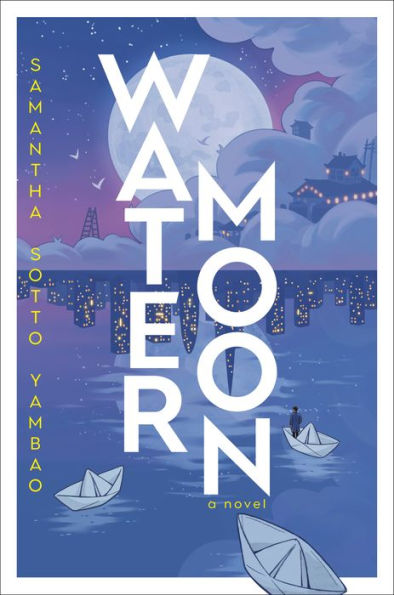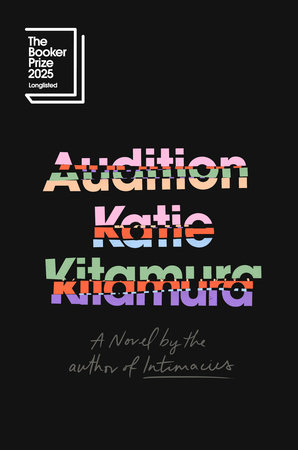A Review of Anne Anline Cheng’s Ordinary Disasters: How I Stopped Being a Model Minority (Pantheon)
Written by Stephen Hong Sohn
Edited by Uttara Rangarajan
I’ve been chuffed to see more memoirs and creative nonfictional works published by individuals who I know more prominently through their scholarship. Such is also the case with Anne Anline Cheng’s Ordinary Disasters: How I Stopped Being a Model Minority. For anyone in literary and cultural studies, you already know Cheng as a luminary for her three monographs that focus respectively on racial melancholia, Josephine Baker, and the racial objectification of Asian/ American women. Cheng now veers into the creative nonfictional terrain with Ordinary Disasters (Pantheon, 2024), which I review here: “Part memoir, part cultural criticism, part history, Anne Anlin Cheng’s original essays focus on art, politics, and popular culture. Through personal stories woven with a keen eye and an open heart, Cheng summons up the grief, love, anger, and humor in negotiating the realities of being a scholar, an immigrant Asian American woman, a cancer patient, a wife of a white man, and a mother of biracial children . . . all in the midst of the (extra)ordinary stresses of recent years. Ordinary Disasters explores with lyricism and surgical precision the often difficult-to-articulate consequences of race, gender, migration, and empire. It is the story of Chinese mothers and daughters, of race and nationality, of ambition and gender, of memory and forgetting, and the intricate ways in which we struggle for interracial and intergenerational intimacies in a world where there can be no seamless identity.”
I have really enjoyed the essay form lately. It’s a strange one that I didn’t see that much of until Chee’s How To Write an Autobiographical Novel and then Castillo’s How to Read Now. Cheng’s work follows in this strong tradition, with various pieces that focus on the topics listed in the description. I do think that the most compelling are the ones related to Cheng’s cancer diagnosis and subsequent journey. The extraordinary perspective that Cheng shares in these narrative sequences not only give us pause to consider how devastating the disease is just on a physiological level and on an individual, but also how it also affects a larger social ecosystem of the family. A standout piece on Cheng and her son clarifies how she comes to realize just how much her child has imbibed the challenges of knowing that his mother may not live for a long time, and that she must acknowledge that this atmosphere is one that will have a serious impact on his maturation process. Another key thread is Cheng’s time growing up in the South. I have done some research here, so I knew about the relatively sustained population of American born Chinese in Georgia, for instance, but to read about it from a creative nonfictional perspective brings to mind the complications of a transnational migration that occurs in a more contemporary period. Indeed, Cheng’s family comes to the area after a number of Chinese Americans settle there far prior to the Immigration Act of 1924. Though of the same ethnic background, Cheng realizes that she is not quite like these other Chinese American families, which also comes to be accentuated by the general fact that there are not many Asian Americans in the area at all. One key thing is that Cheng already knows she loves literature from her youth. Finally, there are a couple of pieces that are more elegiac in nature, with a standout in which Cheng discusses her relationship with her father. There is a brief moment at the end of that essay in which Cheng realizes her time with her father is coming to a close. She doesn’t realize that a certain moment will be the last time she will her father, but he seems to know, and he lets her hold onto his arm longer than he normally would. What cuts deep about this particular interaction is how astutely Cheng understands what has occurred. Because her parents are not physically demonstrative in terms of affection, these extra seconds come to bear incredible meaning, an awareness that there is a deep love between them, and that they must communicate it before it is too late. I will say that Cheng is generally diplomatic about her experiences as an academic, but there are some obvious kernels in this essay collection which underscore how pioneering her work and her presence is at a place like Princeton and that the gauntlets she has run exist in so many areas of her life. A true survivor in all senses and an outstanding contribution to (Asian) American letters.
Buy the Book Here



